Flower shapes: Symbolism & Cultural significance
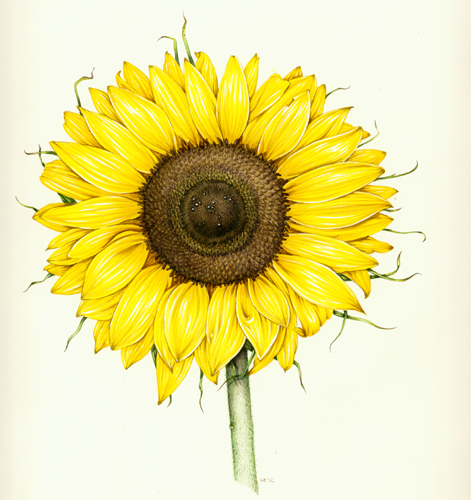
Flower Shapes: Symbolism and Cultural Significance guest blog by Nina James Summer
Flower shapes matter, culturally as well as botanically. According to the 2016 Generations of Flowers Study 60% of Americans believe a gift of flowers has a special meaning. This is unlike any other gift. Many associate different colours with different meanings. Red roses convey romance, for example. However, the shape of different flowers carries significant meaning in various cultures around the world. Illustration works to bring delicate shapes and details to life. Understanding how different cultures interpret the symbolism of different flowers can bring deeper meaning and connection to blooms of all kinds.
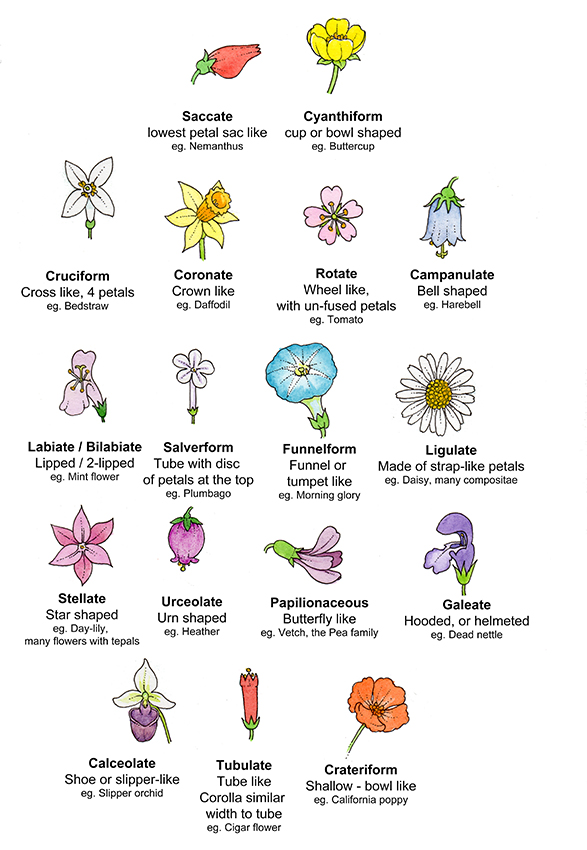
Kali Puja and the Red hibiscus Hibiscus Rosa-Sinensis
In Hinduism, flowers play a significant role. One Medium post by Kamaldeep Singh explains that Indian culture lays emphasis on natural elements, including air, soil, water, and flowers. “Special significance is given to flowers, which are so important that without them no auspicious work can ever be done.”
Singh explains how flowers are an integral part of the culture. They form daily offerings to ancestors, appear at weddings, and are used in herbal medicines. Jasmine, lotus, and even basil hold notable meanings.
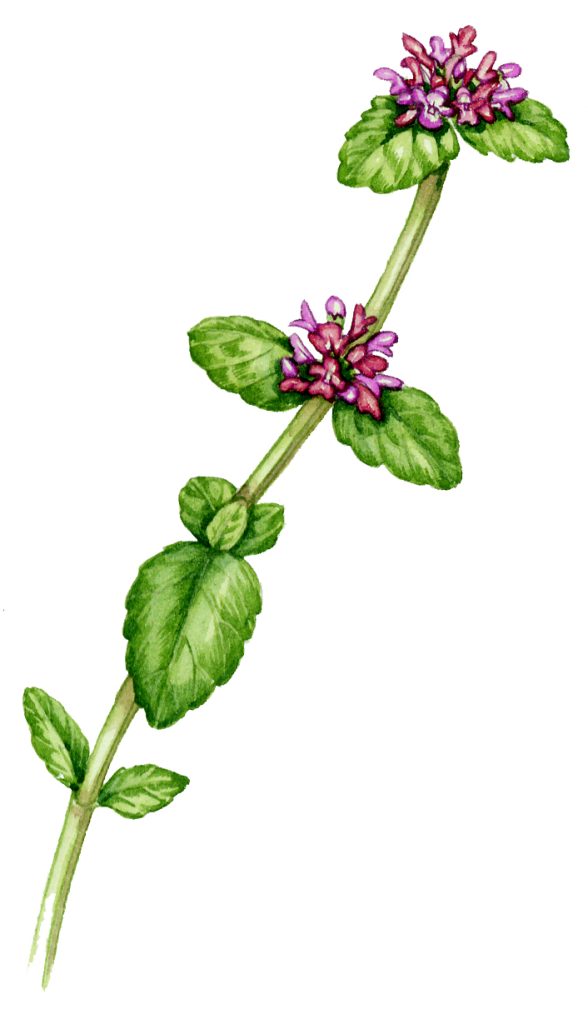
Wild basil Clinopodium vulgare
Hibiscus is another flower worth mentioning — particularly when it comes to the flower’s shape. Singh notes that a garland of 108 red hibiscus flowers is offered for the prayer of Maa Kali, “as the flower’s shape is said to resemble her tongue.”
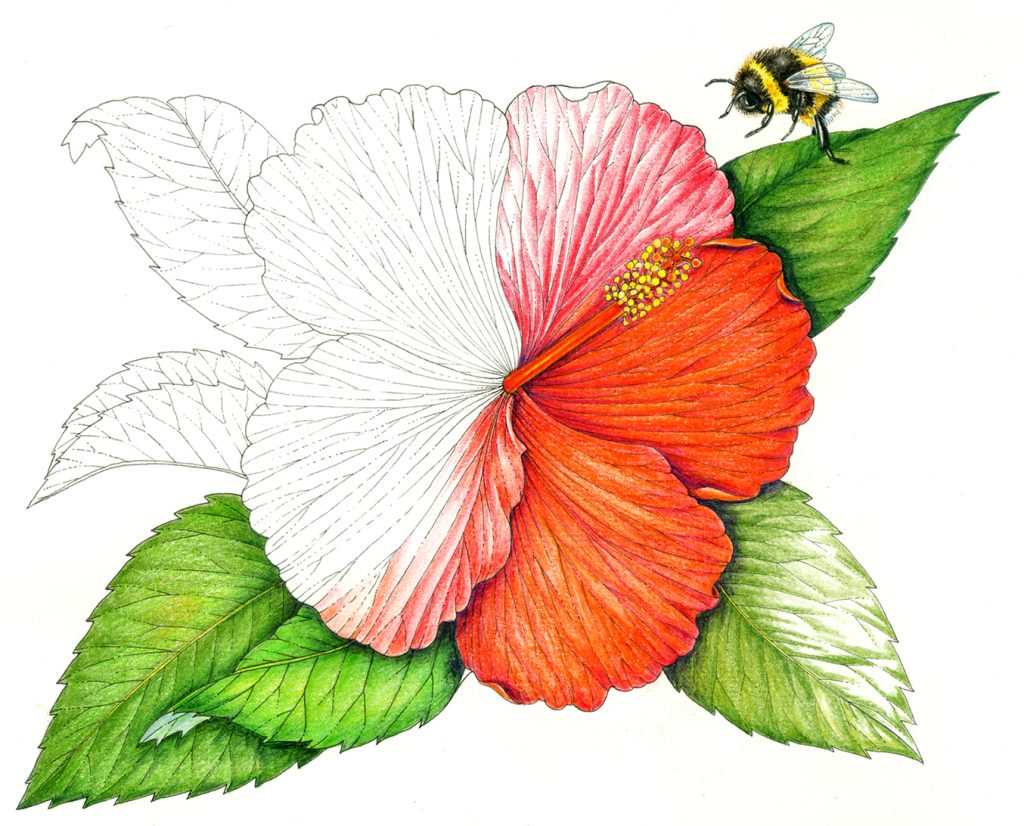
Red hibiscus Hibiscus Rosa-Sinensis
Kali Puja is a festival dedicated to the Hindu Goddess Kali. It is celebrated by honouring the goddess by giving various offerings, including rice, lentils, and of course, red hibiscus flowers. CurlyTales notes that the puja is performed in order to erase negative energy and to welcome “spiritual progress and material prosperity“. The main aim of the worship is to call on Kali to destroy both inner evil and the evil that resides in the outside world.
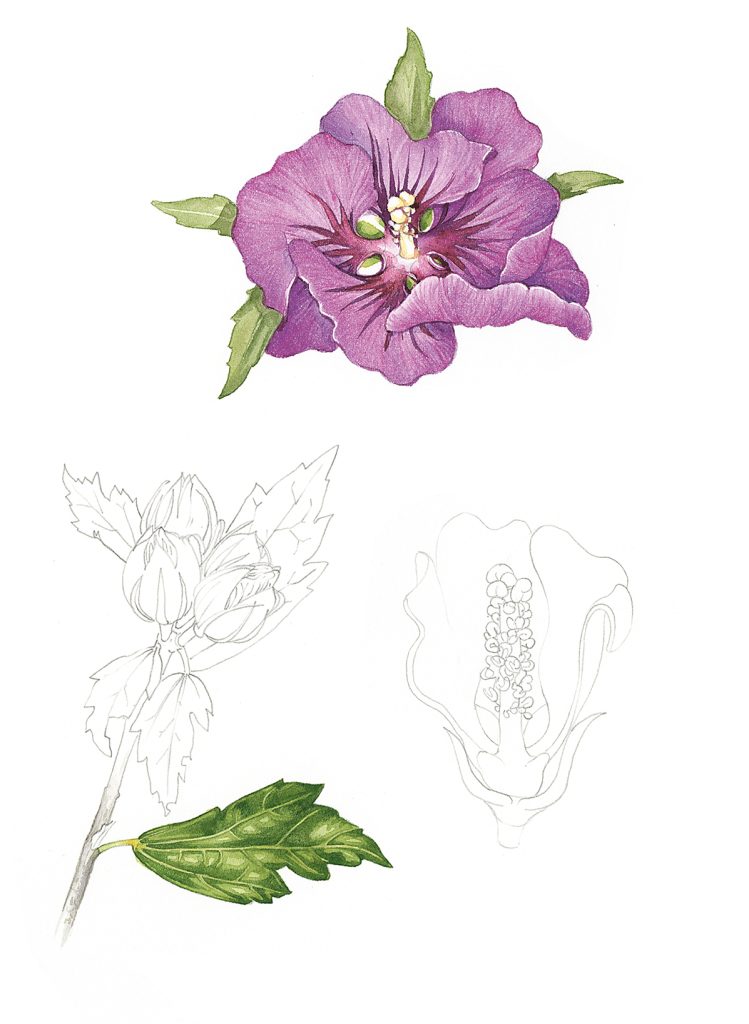
Hibiscus sketchbook study (not the Red hibiscus)
The positive symbolism of the sunflower Helianthus annus
The shape of a sunflower is reminiscent of the sun itself, with the petals akin to glowing rays of light.
In Spanish, the word for sunflower, “girasol,” translates to “sun turner,” quite literally referring to the flower’s nature of turning to the sun to soak up the sunshine. As one Thursd post points out, this makes the flowers heliotropic, meaning they turn their flowers to follow the Sun. They turn their flowering heads from east to west, resetting at night. This means in the morning, as the sun rises in the east, they are in the correct position.
The sunflower holds great meaning across several cultures. In Native American culture, Thursd notes that the sunflower was used by tribes as a source of both food and dye. The flower itself became a symbol of worship and spiritual faith.
In religion, sunflowers are known as an “emblem of God’s love” in Christianity. In Islamic culture, the flower “depicts the believer’s devotion and desire to seek spiritual truth.” Thursd goes on to highlight the sunflower’s significance in tattoo culture as well, where they serve as a symbol of positivity, strength, and warmth. “They reflect a vibrant spirit, a love for the sun, and a constant search for light, akin to the sunflower’s nature.”
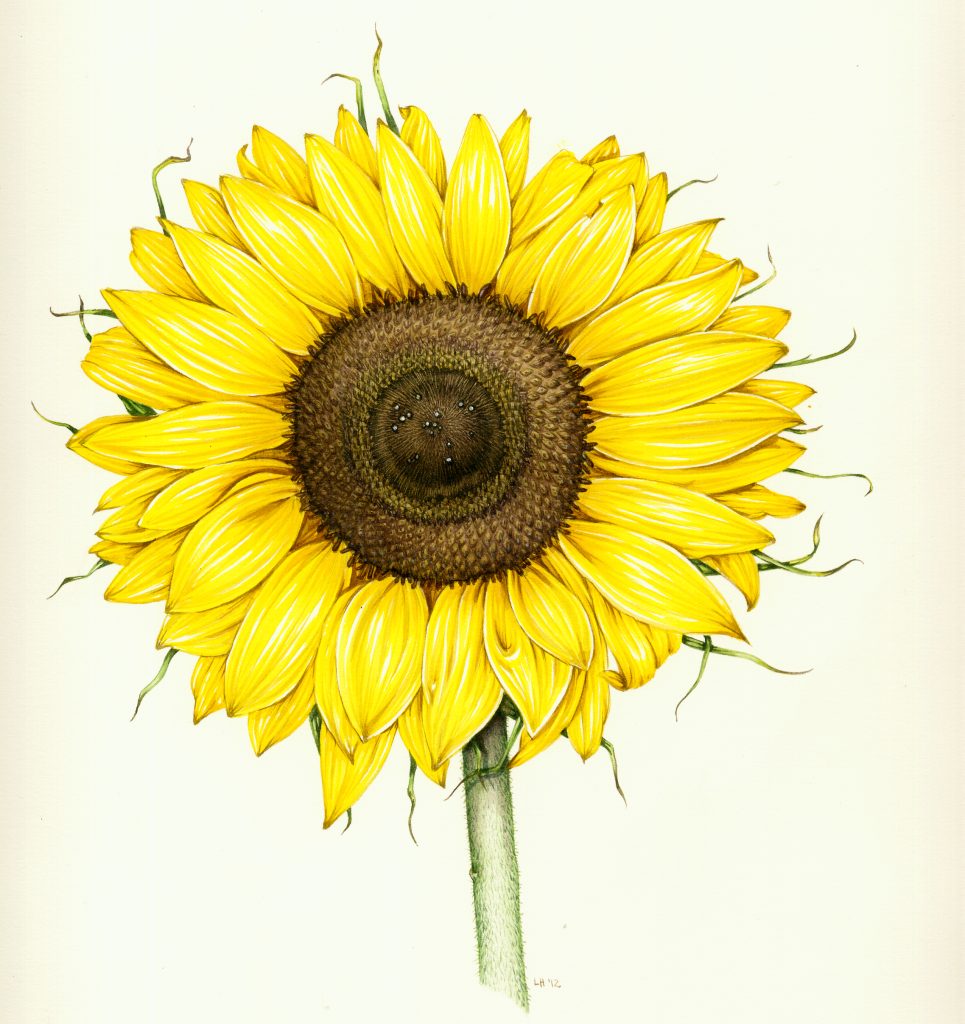
How to grow sunflowers
Growing sunflowers right in your backyard is a great way to appreciate their unique shape and connect with their positive symbolism. According to The Spruce, the only mandatory requirements for sunflowers are well-drained soil and a sunny location. Choosing an area that is sheltered from strong winds is advised, as sunflowers can grow up to 10 feet tall when mature. You can also plant them in groups in order to support one another.
If you already have sun-loving shrubs (like Loropetalum, which features clusters of pink-red flowers that bloom all year round), working sunflowers into your care routine shouldn’t be a problem. In addition to regular watering and staking tall sunflowers, keep the garden free of weeds, and mulch(to help maintain soil moisture. These hints help ensure that sunflowers thrive. When caring for additional plants and shrubs, extending their lifespan can be achieved through simple and effective landscaping techniques. These include occasional pruning, amending the soil to suit your shrubs, and proactively managing pests. These can all be easily worked into a routine care regime.
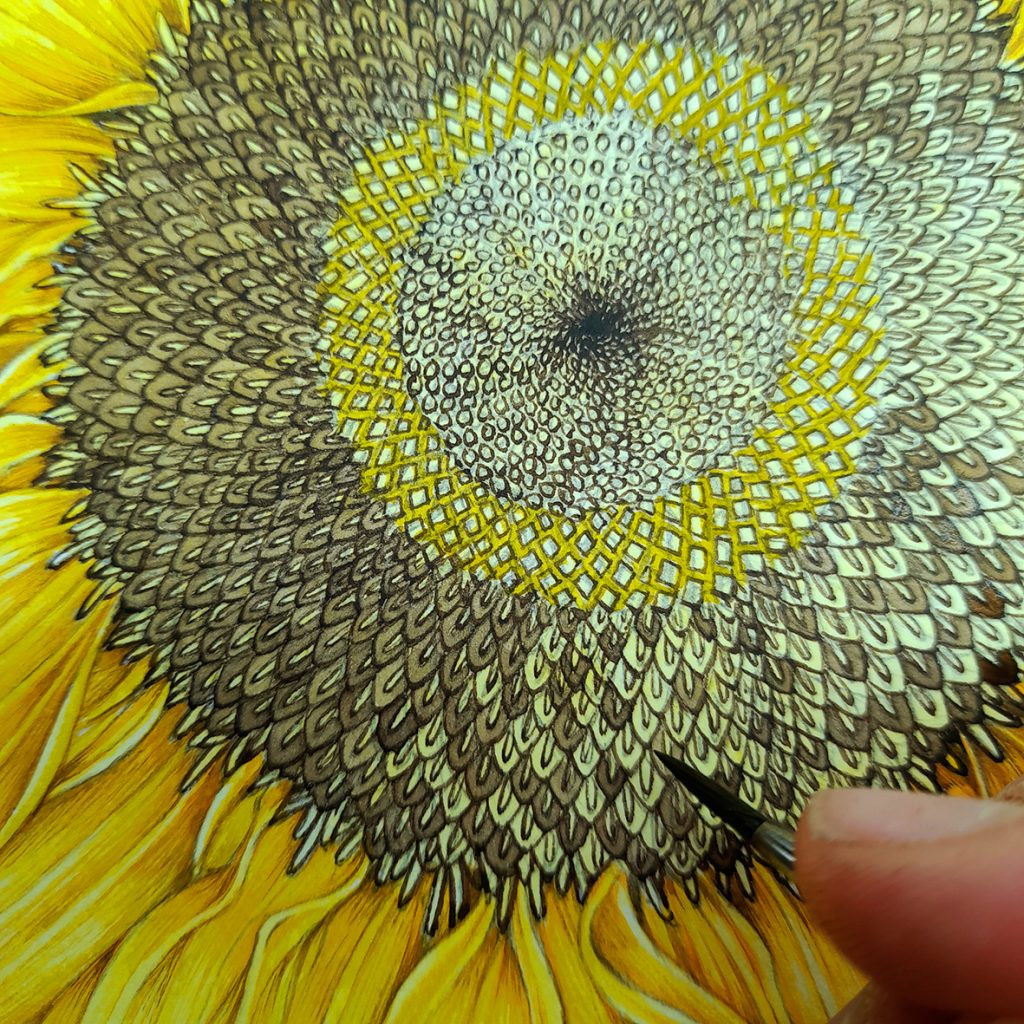
Painting the seeds in the centre of a sunflower
Snapdragons Antirrhinum majus— a protective flower
The unique shape of snapdragons lends to the flower’s name. They appearing like the mouth of a dragon when the sides are gently pressed together. According to Country Living, snapdragons are said to symbolize graciousness in addition to deception, giving a double meaning to the dainty petals. “The latter attribute might have something to do with the old wives’ tale that concealing a snapdragon somewhere on your body makes you fascinating to others,” highlights the post. However, the flower’s story goes much deeper than that.
Eternity Flower notes that in various European cultures, it was believed that the snapdragon flower had supernatural powers. “The flower’s peculiar mechanism, where the petals open and close like a dragon’s jaw when squeezed, led to tales of it being a protective entity.” This led to snapdragons were spoken of in legends as having great powers in warding off deceit and curses. Theywere even planted in gardens as a protective shield against evil. Eternity Flower further highlights the meanings behind the different colours of snapdragons. While red signifies passion, love, and desire; yellow represents positivity and joy.
Conclusion
Intricate shapes create delicate features on every flower, although each holds its own significance in different cultures. From snapdragons to sunflowers and hibiscus, understanding how the world views flowers and their shapes can bring a greater meaning to their unique nature. It also deepens the significance of seeing these blooms in everyday life, whether in illustrations or in our own backyards.


In what ways do floral shapes contribute to the cultural significance of flowers in religious ceremonies?
Hmmm good question. That’s a whole new rabbit hole to explore!